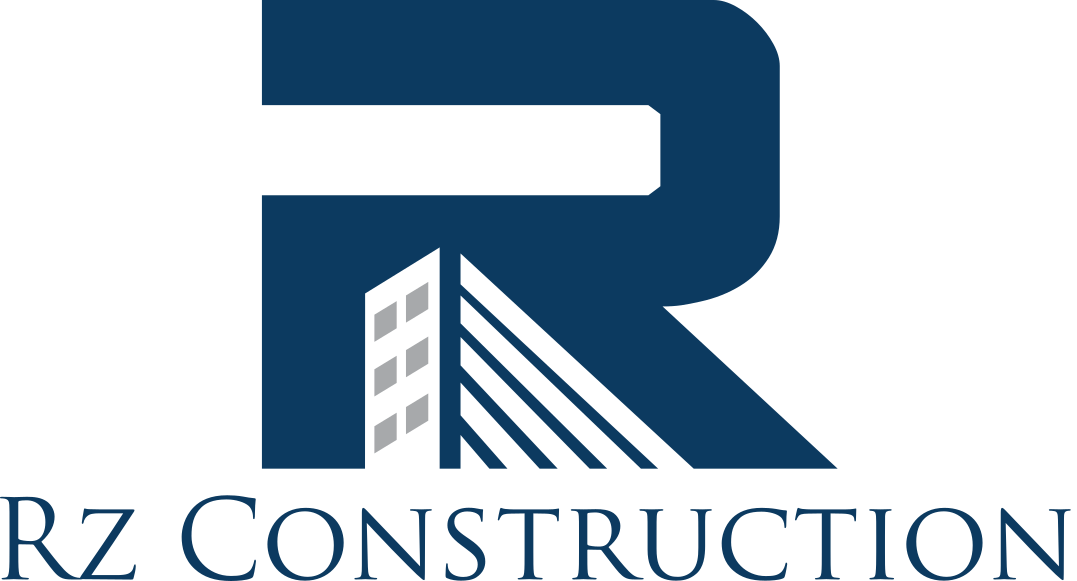If you live in an older, historical home, you’re no doubt aware of the importance of preserving its stone and brickwork through masonry techniques. While your home may have lasted for decade after decade – and buildings constructed using masonry techniques are typically exceptionally durable – all brick and stonework will need some attention at some point in its life, but how can you tell whether it needs to be repaired or restored, and what’s the difference between the two?
To help you, here is a short guide:
What is masonry repair?
If the bricks of your home are chipped or cracked, or the mortar is beginning to crumble, this will give a clear indication that some masonry repairs are required. What this typically involves, is patching up and sealing any gaps that might be present in the brickwork, which are often caused by cracks that appear as the building begins t deteriorate. It can also involve removing old mortar or bricks that are no longer structurally sound, and putting new ones in their place.
When it’s necessary to replace bricks or stone work, it’s important that the same materials be used to help maintain aesthetic continuity, and an experienced masonry contractor will always do this.
Brick structures will inevitably deteriorate as the buildings age, and seeking help from a stonemason is par for the course for most owners of older, brick buildings.
What is masonry restoration?
While masonry restoration may be similar in the way in which it functions, to masonry repair, restorations are typically carried out on a much bigger scale, and usually involve whole structures being repaired, as opposed to smaller sections of a building.
For circumstances in which repairs will not be adequate, to protect and preserve the structures integrity, it’s often necessary to remove all of the old materials that may be worn and/or damaged, and replace them with newer materials that match the original.
It’s worth noting that if you buy a historical brick building and it has never undergone any masonry repairs or restoration work during its lifespan, it’s not likely to be structurally sound and will need to assessed by a masonry contractor as soon as possible.
What are the differences between the two?
The scale of the two types of masonry may well be the most significant difference, as repairs are designed to address such issues as cracks and crumbling mortar, while restoration involves brick or stonework being fully replaced.
How can you tell if your home needs masonry repairs or restoration?
If you can see any signs of damage, deterioration or corrosion, cracks, holes, chips and crumbling mortar in your home’s brick or stonework, you will almost certainly require help from an experienced masonry contractor. In terms of restoration, this will likely only be necessary if your historic home has never had any form of restoration in its lifespan.
Brick homes are wonderful investments, and great buildings to live in and look at, too. However, it’s important to recognize that caring for the structure is essential if you’re to protect and preserve it, and that seeking professional help should its structural integrity or aesthetic appearance be at risk, should be done as soon as possible.
